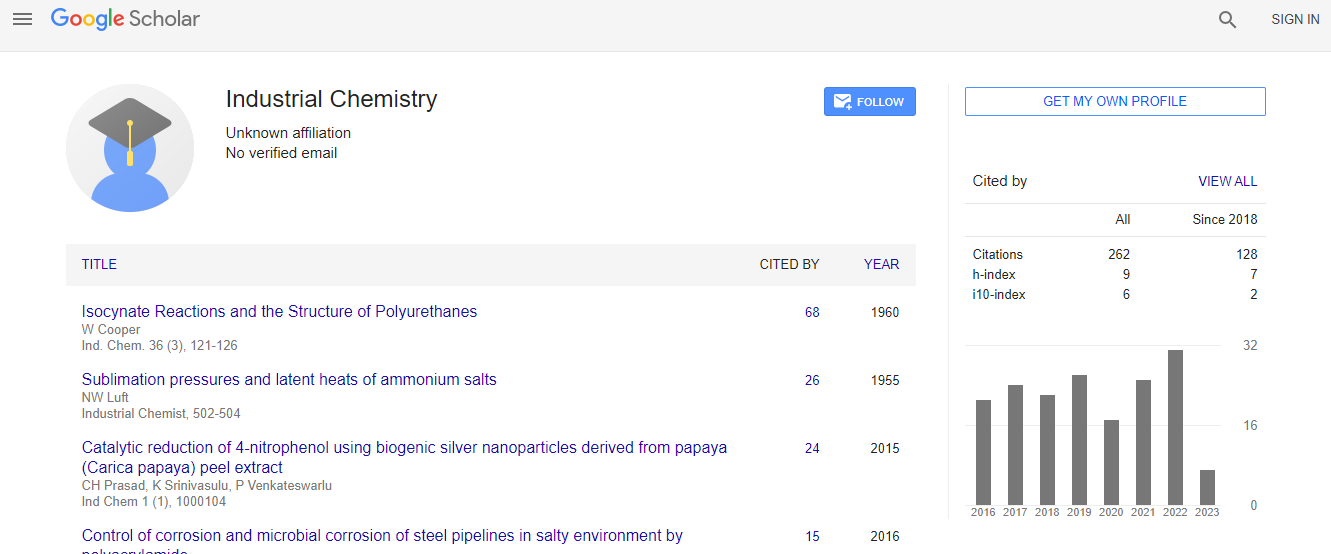Mother and Child Health: New Frontier of Global Strategy for Global Health for All- Smita Mishra- Fortis Escorts Heart Institute
*Corresponding Author:
Copyright: © 2020 . This is an open-access article distributed under the terms of the Creative Commons Attribution License, which permits unrestricted use, distribution, and reproduction in any medium, provided the original author and source are credited.
Abstract
Statement of the Problem:
Every year worldwide, nearly 9 million newborn babies and young children die before reaching age 5 and nearly 350,000 women lose their lives due to pregnancy or childbirth complications. Each year, 50 million women in the developing world give birth with no professional help which render into 8.8 million children and newborns die from easily preventable or treatable causes.
Aim: In developed countries, there is otherwise decline in IMR but percentage of death secondary to congenital defect remains unchanged and cardio vascular (IMBD)causes takes the leadCardiac disease in pregnancy is associated with high maternal morbidity and adverse foetal outcomes as 10% of early neonatal mortality has been attributed to cardiac defects in otherwise healthy babies.Also,Cardiac diseases in pregnancy are associated with high maternal morbidity and adverse foetal outcomes.
Apart from hypertension and pregnancy induced cardiac dysfunction, in developing world, rheumatic valve disease contributes significantly in maternal mortality. Though these patients require more than primary care but recognition is the key to optimum management. The world health report 2008 called for a return to primary health care as the most efficient, fair and cost-effective way to organize a health system with ‘woman in front’ approach. Certainly, primary health care stands out as one of the pre-eminent instruments for integrating prevention early recognition and referral of lifethreatening events for both mother and baby, into the wider health related policies. Education for the primary and secondary health care workers and family medical practioners will be necessary for the monitoring of determinants and tackling risk factors.There is percolation of knowhow related to the critical care medicine beyond the metropolis and medical colleges which is the main ingredient to develop a coherent strategy for health improvement, encompassing all of the determinants of good health systems with universal access to sustainable services of good quality, without exposing people to catastrophic expenditure.Recent studies have looked at ways to harness the power of women-to-women relationships to improve health outcomes for mothers and children and physician’s role is strategic to this process.The extrapolation of this thought process fathered the ‘Global Strategy for Women’s and Children’s Health’ a ‘woman-centric’ policy document by UN with the support and facilitation by The Partnership for Maternal, Newborn& Child Health. Thedeclaration of “Millennium Development Goals (MDGs)” in 2010, is an extension of same hypothesis.
Findings: So we can say that better community health indices need to encompass guidelines for the prevention and recognition of health problems in women and children first as focus till now was on men in society. The concept of current conference whichactually envelops the wider field of child and mother care ‘in toto’ and provides a single platform for integration and interaction between two fields cementing the gap in knowledge attitude and practices. This goes beyond that by addressingbirth-unrelated issues in womenand children. If we see the core issues which are the matter of elaboration in the conference, we find that this interaction achieves far-reaching goals of better implementation of existing preventive and therapeutic practices in two fields conjoint seamlessly in single platform.
Note: This work was presented in Frontiers in Nanotechnology and Nanomaterials, which was scheduled in May 04-05, 2020 at Vienna, Austria.

 Spanish
Spanish  Chinese
Chinese  Russian
Russian  German
German  French
French  Japanese
Japanese  Portuguese
Portuguese  Hindi
Hindi 